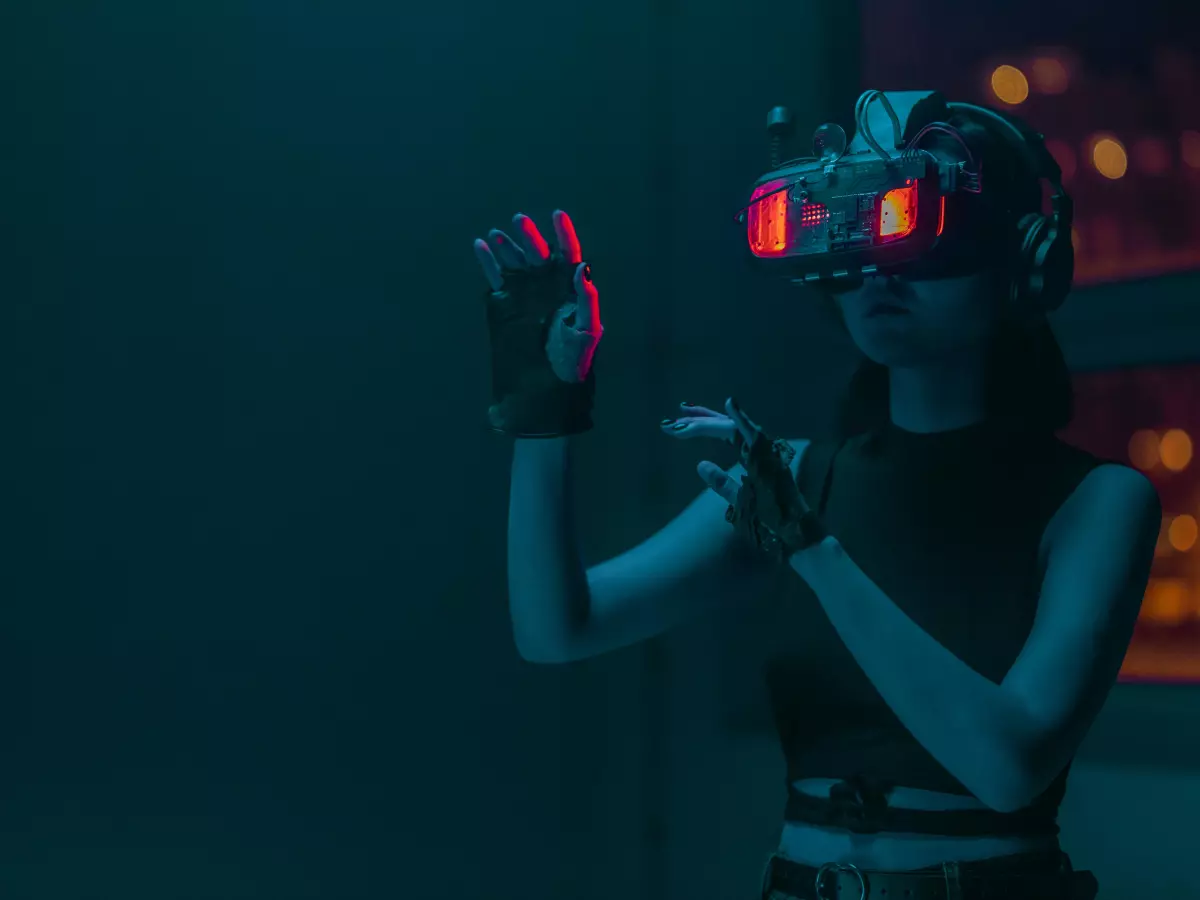Wearable Revolution
Wearable technology has come a long way from the days of clunky fitness trackers and basic digital watches. Today, wearables are sleek, stylish, and packed with features that go beyond just counting steps or telling time. But who is the mastermind behind this transformation? Enter the innovator who saw the potential to merge fashion with function, forever changing the way we interact with technology.

By Hiroshi Tanaka
Wearable technology, or "wearables," refers to electronic devices that can be worn on the body, often as accessories or even integrated into clothing. While the concept of wearable tech dates back to the 1960s with early attempts at smart glasses, it wasn’t until the early 21st century that wearables truly began to take off. The introduction of fitness trackers and smartwatches in the 2010s marked the beginning of a new era. However, these early devices were often bulky, unattractive, and limited in functionality.
Enter our innovator, a visionary who saw the potential to take wearable tech beyond the realm of fitness enthusiasts and early adopters. This individual recognized that for wearables to truly succeed, they needed to be more than just functional—they needed to be fashionable. By blending cutting-edge technology with sleek, stylish designs, they helped create a new category of devices that appealed to a broader audience.
The turning point came with the launch of a smartwatch that didn’t just track steps or send notifications—it became a fashion statement. This innovator worked closely with designers and engineers to create a device that was as much about aesthetics as it was about functionality. The result? A wearable that people actually wanted to wear, not just for its tech features, but because it looked good on their wrist.
But it wasn’t just about making wearables look good. This innovator also pushed for advancements in the technology itself. They recognized that for wearables to truly be useful, they needed to do more than just track basic health metrics. Under their leadership, wearables began to incorporate more advanced sensors, such as heart rate monitors, GPS, and even ECG capabilities. These innovations allowed wearables to move beyond fitness tracking and into the realm of health monitoring, making them indispensable tools for users looking to keep tabs on their well-being.
One of the most significant contributions this innovator made was in the area of personalization. They understood that no two users are the same, and that wearables needed to adapt to individual needs and preferences. This led to the development of customizable watch faces, interchangeable bands, and a wide range of apps that allowed users to tailor their devices to their specific lifestyles. Whether you’re a fitness fanatic, a busy professional, or someone who just wants to stay connected, there’s a wearable for you—and you can thank this innovator for that.
Of course, the impact of this individual’s work goes beyond just smartwatches. Their vision has influenced the entire wearable tech industry, from fitness trackers to smart clothing and even augmented reality glasses. By pushing the boundaries of what wearables can do, they’ve helped pave the way for a future where technology is seamlessly integrated into our daily lives.
But what about the future of wearable tech? According to this innovator, we’re just scratching the surface. They believe that wearables will continue to evolve, becoming even more personalized, more powerful, and more integrated into our lives. Imagine a world where your wearable not only tracks your health but also predicts potential issues before they arise. Or a world where your clothing is embedded with sensors that monitor your environment and adjust accordingly. The possibilities are endless, and this innovator is leading the charge.
In the end, the success of wearable technology can be attributed to this individual’s unique ability to see beyond the limitations of early devices and envision a future where wearables are not just tools, but essential parts of our lives. By blending fashion with function, they’ve helped create a new category of technology that is as stylish as it is useful. And as wearables continue to evolve, there’s no doubt that this innovator’s influence will be felt for years to come.
So, the next time you glance at your smartwatch or slip on your fitness tracker, take a moment to appreciate the visionary who helped make it all possible. Wearable tech isn’t just about gadgets—it’s about enhancing our lives in ways we never thought possible. And thanks to this innovator, the future of wearables looks brighter—and more stylish—than ever.





